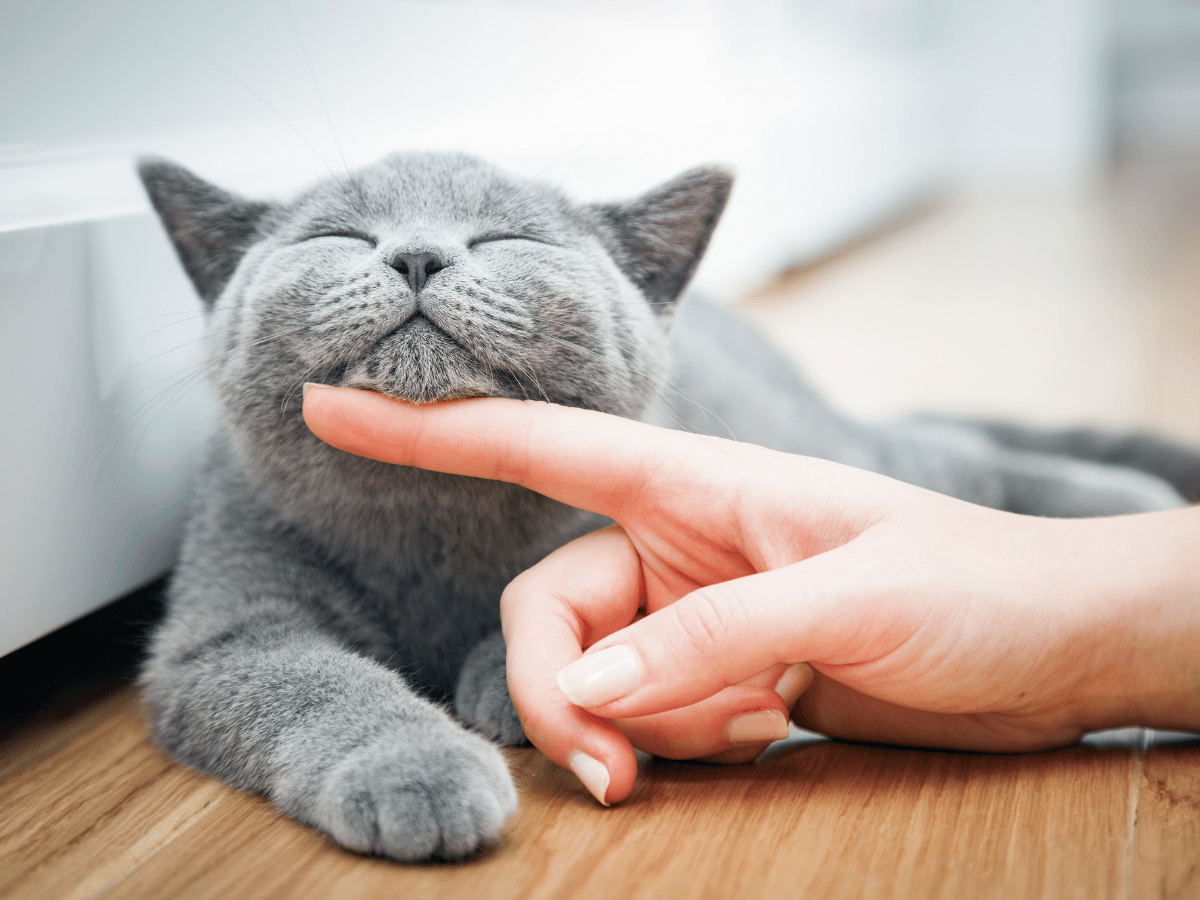In this Article
Hi! I’m Vladyslav, RshPets employee and I spend a lot of time thinking about how to make life better for my fluffy friend - and for other cats too.
People often ask me, “Why is my cat meowing like that?” or “What does it mean when she stares and blinks slowly?” I realized it’s like living with a foreign roommate — you learn the language over time. This article is my little guide to help you speak cat.
Understanding Cat Language: Decoding Meows, Purrs & Body Talk
Every cat speaks their own dialect — some are chatterboxes, others are masters of silent communication. But despite the variety, feline language follows some fascinating patterns. Learning to understand these signals doesn’t just help you care for your cat better — it brings you closer emotionally.
In this guide, we’ll explore the key ways cats “talk” — from vocal tones and purring to tail positions and ear twitches. Let’s translate the mysterious world of feline expression into something more human.
The Many Meows: What Is Your Cat Saying?
Cats meow mostly to communicate with humans — not other cats. And yes, different meows mean different things! Here's a breakdown of common vocalizations:
- Short, high-pitched meow — “Feed me!” A classic food request.
- Extended meow or “raowww” — “Where are you? I need attention.”
- Repeated, loud meows — “I’m bored or frustrated.”
- Soft chirps — Often used when looking out a window at birds: “I want that!”
- Low, drawn-out meow — “I’m not happy.” Can signal discomfort or displeasure.
- Yowling (especially at night) — Common in older cats or unspayed/unneutered ones; could mean confusion, loneliness, or hormonal behaviors.
Tip:
Try responding differently to each meow and watch how your cat reacts. You’ll slowly start building a two-way conversation.

Purring and Head Butts: More Than Just Love
We often assume that purring = happiness. While that’s often true, it can mean more.
- Steady, soft purring — Relaxed and content. Your cat is happy.
- Purring while being petted — Likely enjoying the attention.
- Purring when sick or at the vet — Self-soothing. Some cats purr to calm themselves or even help with healing.
- Head butts (“bunting”) — Friendly marking. Your cat is saying, “You’re part of my tribe.”
Cats also rub their heads or cheeks against objects — or you — to spread their scent and mark what feels safe.
Reading the Body: Posture Speaks Volumes
A cat’s posture can reveal exactly how they’re feeling — if you know what to look for.
| Signal | What It Means |
|---|---|
| Tail straight up | Confident, friendly |
| Tail held low | Cautious or submissive |
| Tail puffed up | Fear or aggression |
| Arched back (with fur up) | Defensive |
| Belly exposed (but tense) | Not always an invitation! May feel threatened. |
| Curled up, paws under | Resting but alert |
Watch for combinations. For example: a straight tail with slow blinks = “I trust you.”
Ears and Eyes: The Fine Details
Ears:
- Forward-facing — Curious, relaxed.
- Turned sideways (“airplane ears”) — Uncertain or overstimulated.
- Flat against head — Fearful, possibly about to react defensively.
Eyes:
- Slow blinks — The cat version of a kiss. Try blinking slowly back!
- Dilated pupils — Excitement, fear, or playfulness.
- Constricted pupils — Focused or irritated.
- Half-closed eyes — Feeling safe and cozy.
Understanding the ears and eyes can help you catch moods before they turn into behavior problems.

Putting It All Together: Context Is Everything
Just like in human communication, context matters. A swishing tail might mean playfulness during one moment, and irritation the next. That’s why the best cat “translators” don’t rely on a single signal — they read the whole situation.
- Is your cat meowing and pacing near the kitchen? Likely hungry.
- Are the ears flat while crouching in a corner? Something might have scared them.
- Is your cat purring while hiding? It might not be happiness — check their body language.
Take time to observe, compare, and gently experiment with how you respond. The more you pay attention, the more fluent you become.
Conclusion: Learn Your Cat's Unique Voice
No two cats are the same — and that’s what makes understanding them such a joy. By tuning into their vocal tones, tail flicks, and silent stares, you’ll begin to speak their language. It’s not just about knowing what they want — it’s about building trust and deepening your bond.
So next time your cat meows or flicks an ear your way, try asking: “What are you really telling me?”
Chances are, they’ve been waiting for you to listen.
What Does Your Cat Say?
Does your cat have a funny meow or a weird habit that always means something? Share your stories or questions in the comments — let’s build a feline phrasebook together! 🐾


